Ranthambore Fort – A Witness to The Glory of India
This fort holds the secret of the bygone era, the rise and fall of dynasties after dynasties. Every rubble, every stone of this fort has a story to tell, only if you have a pair of listening ears. The colossal fort of Ranthambore that’s popularly known as Ranthambore ka Kila has witnessed the glory of Chahamanas of Shakambhari, colloquially known as the Chauhans of Sambhar, the dynasty that ruled parts of Rajasthan and its neighbouring regions in India between the 6th and 12th centuries. After its establishment, the fort was sieged and passed from rulers to rulers.
Construction and the Siege of Ranthambore Fort
The construction of Ranthambore Fort began in the mid-10th century under the reign of King Sapaldaksha, a Rajput ruler of the Chauhan Dynasty. However, according to some theories, the construction began during the rule of Jayant in 1110 CE. The Government of Rajasthan's Amber Development & Management Authority verifies the former timeline.
Situated within Ranthambore National Park, the Ranthambore Fort is not far from the city of Sawai Madhopur. The fort was considered impregnable at that time owing to its strategic construction which was one of the many reasons why so many rulers took it as a challenge to siege it.
After the defeat of Prithviraj Chauhan in the Second Battle of Tarain in 1192 CE, the fort came under the reign of the Ghurid ruler Muhammad of Ghor and was later captured by Sultan of Delhi, Iltutmish in 1226. But the Chauhans recaptured it after his death in 1236. Then, Sultan Ala-ud-din Khalji besieged and conquered the fort in 1301.
After that, the fort was captured by Mewar rulers and then passed to Hada rulers. From Hadas, the Mughal Emperor Akbar the Great captured the fortress in 1568, which was far more massive than any attacks done on Ranthambore. Akbar led an army of 30,000 Mughals to siege the fort.
Ranthambore fort testifies the bravado of Rajput and Mughal rulers along with the glorious past of India which makes it a perfect place for history enthusiasts. And with a nominal entry fee, Ranthambore Fort has become the most frequented tourist attraction in the entire Ranthambore region. Book a Ranthambore tour package to explore the nearby attractions and interesting sites in a relaxed yet expansive manner.
Ranthambore Fort – Attractions and Places to Visit
Apart from the Ranthambore ka Kila itself, there are quite some places that are quite popular and must not be missed when in Ranthambore.
1. Trinetra Ganesha Temple
Situated within the Ranthambore Fort, Trinetra Ganesha Temple was built in the 12th and 13th centuries from red Karauli stone. It is said that Lord Ganesha visited King Hameer and blessed him after which an oncoming war was stalled the very next day. His faith in Lord Ganesha was strengthened and he built the Trinetra Ganesha Temple. This is one of the oldest temples in Ranthambore and apart from Ganesha, you can also find Shiva and Ramlalaji temples as well. Apart from Hindu temples, there is one Jain temple of Lord Sumatinath and Lord Sambhavanth within the fort itself.
2. Ranthambore Park
The Ranthambore Park was originally established as the hunting grounds for the Maharajas but was declared one of the Project Tiger reserves in 1973 and then became a national park in 1980. When visiting Ranthambore Fort, Tiger safaris are customary for tourists. However, spotting tigers is more probable from April to June as the animals are out in the open for water. If you are planning a visit, do confirm the Ranthambore fort timings beforehand.
3. Malik Talao
Malik Talao is a small lake in Ranthambore Park where one can see thousands of birds and marsh crocodiles when here. Visiting Malik Talao can be your opportunity to witness a wide variety of birds catching food from the lake. And if you are lucky enough, you might get to witness wild animals drinking water from the lake.
4. Padam Talao
Surrounded by green forests, Padam Talao is the largest lake in Ranthambore Park. Padam Talao got its name from the Lilly flowers that can be seen in large numbers here during the season. After Malik Talao, this lake makes for a perfect spot when you are seeking some tranquillity. Nothing can be more beautiful and peaceful than the sight of birds flying low, the green expanse surrounding the lake, and the occasional sights of animals quenching their thirst. Being quite a popular tourist spot within Ranthambore Park, after you visit the Kila, you can come here for a peaceful walk around the lake.
5. Nahargarh Fort
Overlooking the city of Jaipur, Nahargarh Fort is another architectural phenomenon after the Ranthambore fort that you must not miss when in the state of Rajasthan. Situated near the forest of Ranthambhore, Nahargarh Fort was built by Maharaja Sawai Jai Singh, the king of Jaipur in 1734. Apart from being a popular tourist destination, Nahargarh Fort happens to be a pretty prominent shooting site for many Bollywood hits such as Rang de Basanti and Shuddh Desi Romance. When you’ve decided to explore the places to visit in Ranthambore, you shouldn’t miss out on this wonderful attraction.
A popular UNESCO World Heritage Site, Ranthambore Fort or Ranthambore ka Kila is more than just a tourist destination. This mighty structure by the Chauhan Dynasty has seen the making and unmaking of empires; this makes it a marvel that’s truly worth appreciating.






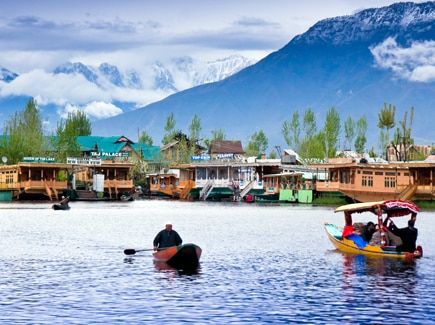
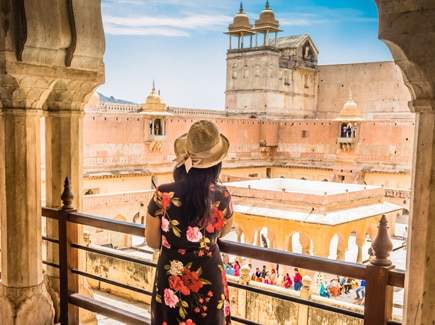
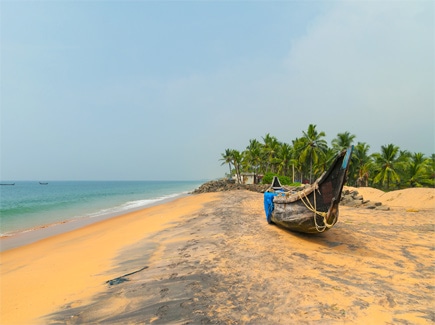
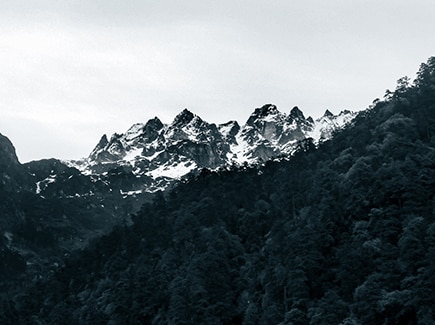
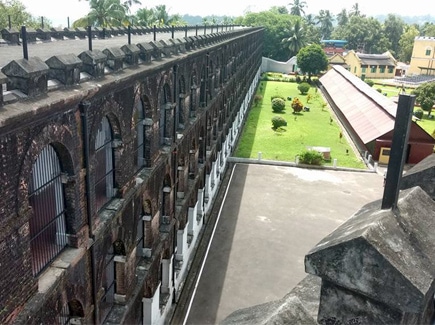

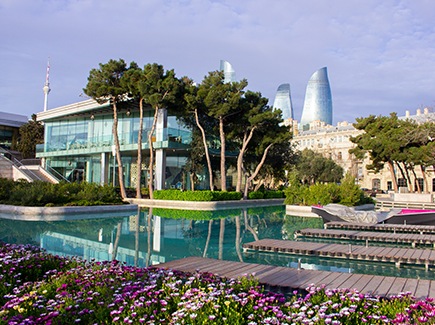
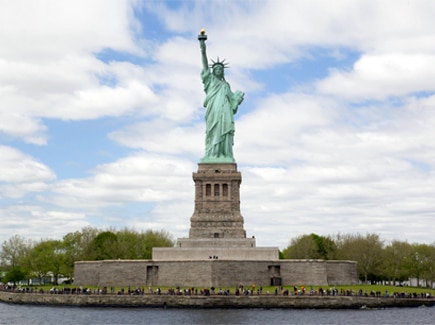
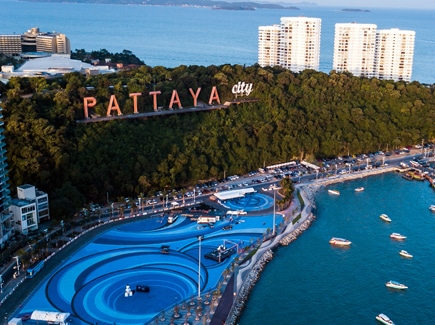
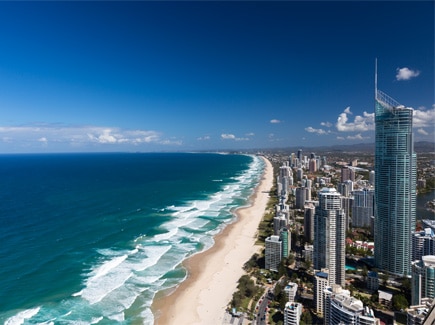
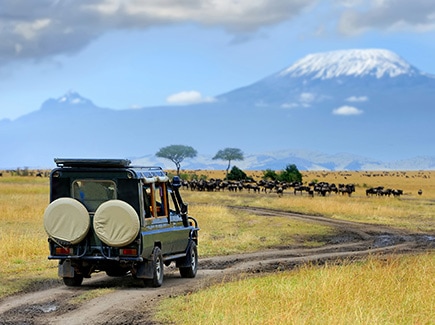
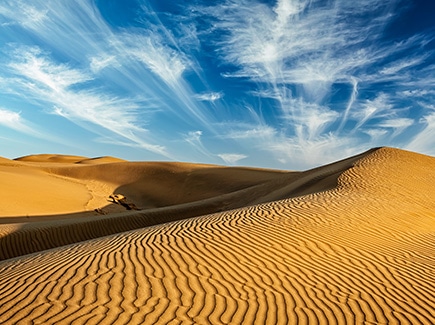








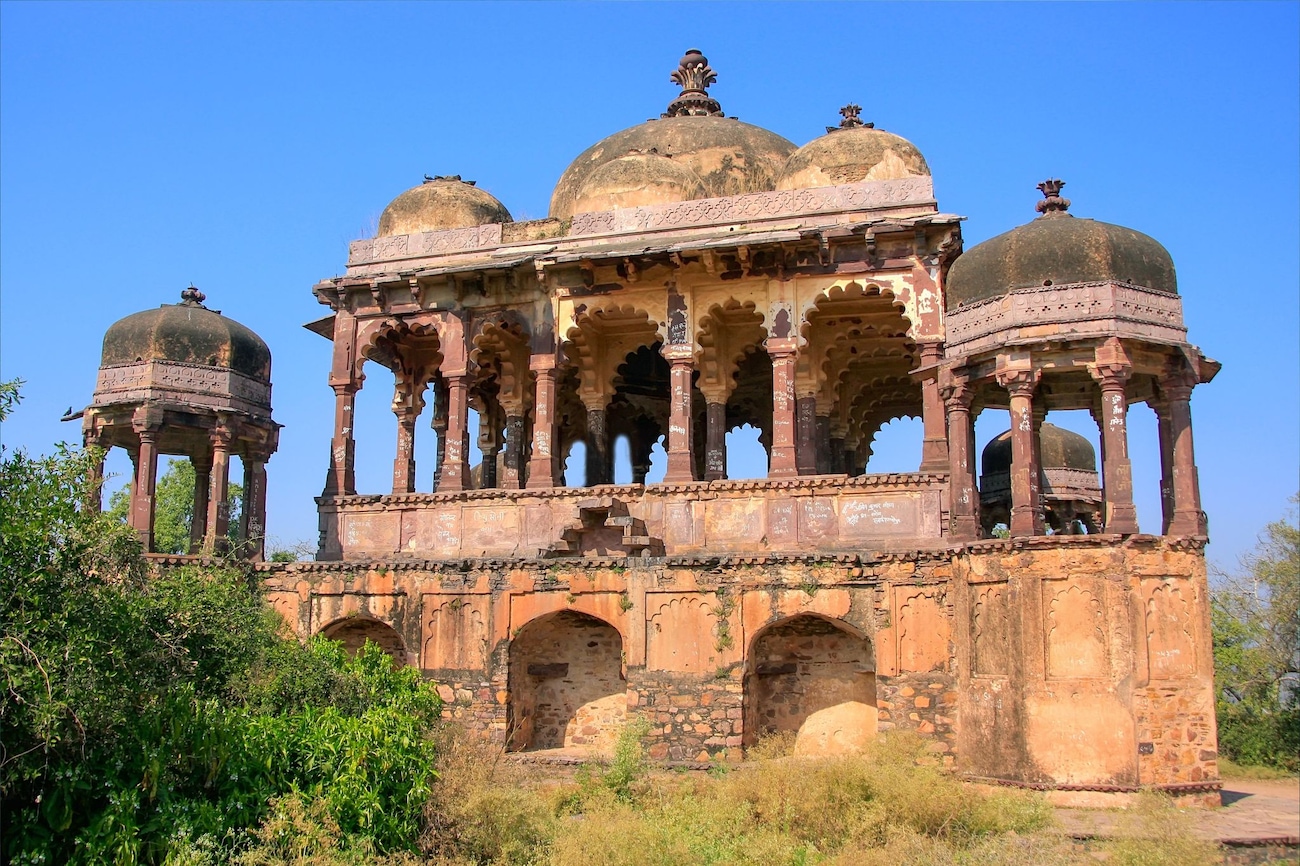









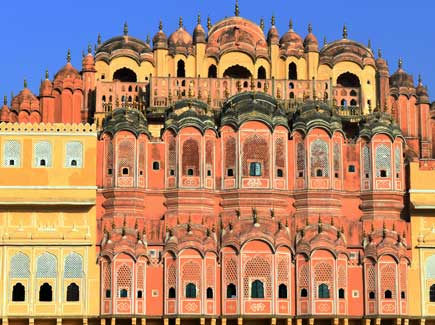
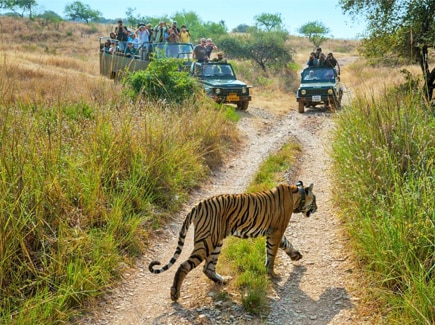
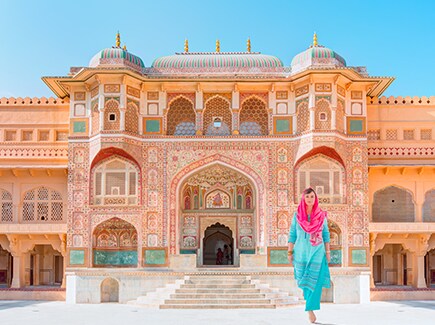
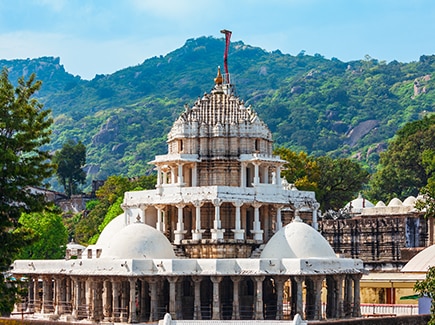
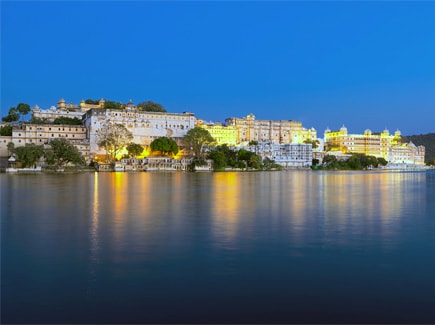










Post your Comment
Please let us know your thoughts on this story by leaving a comment.